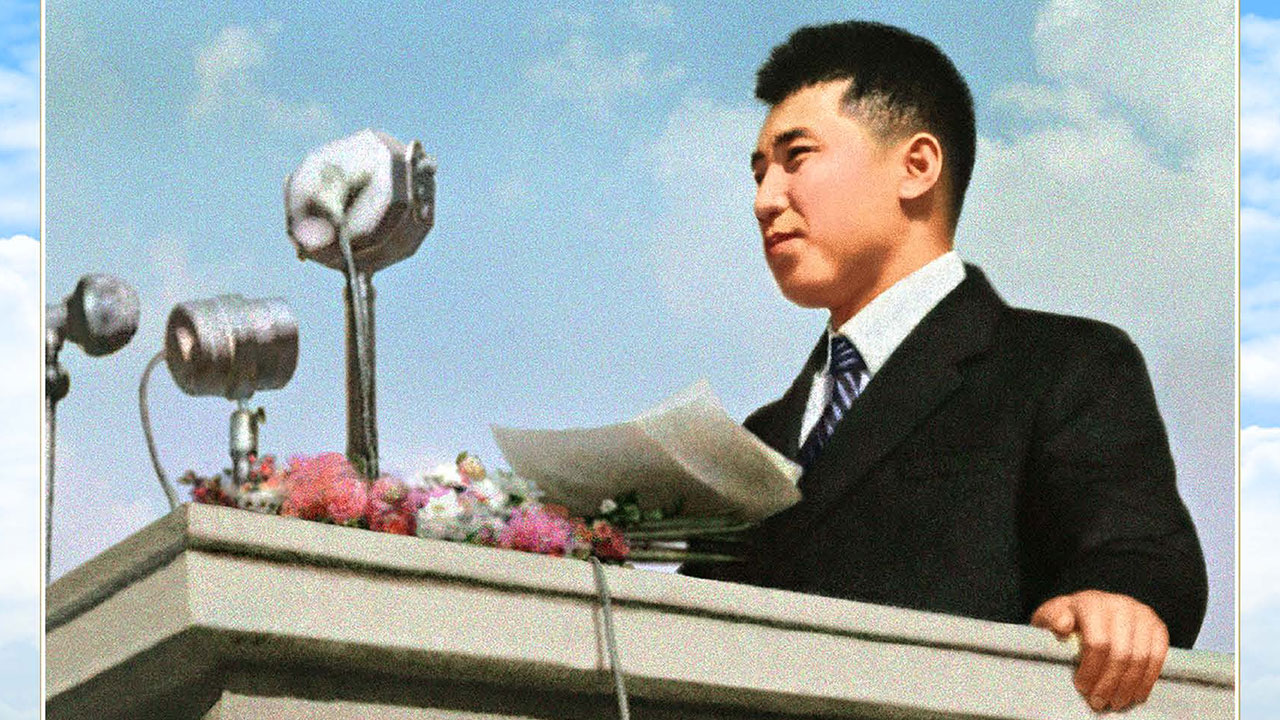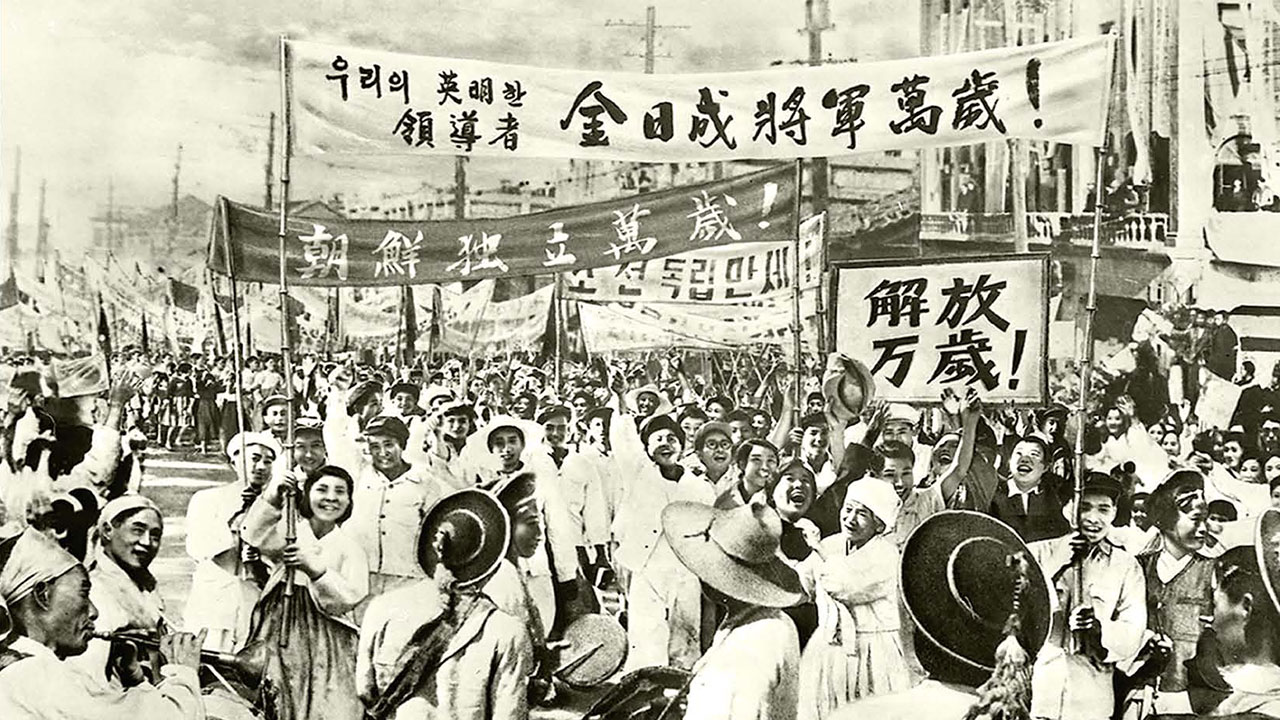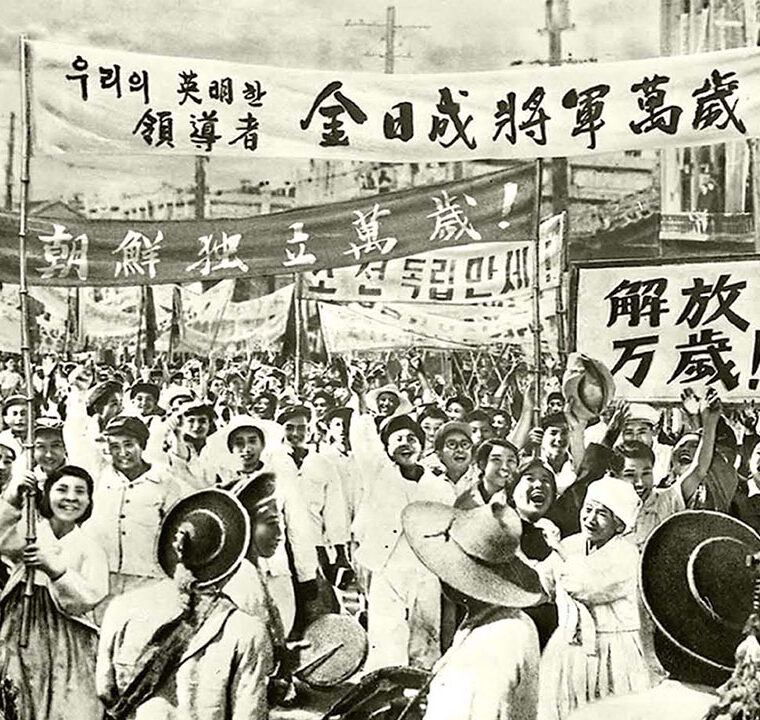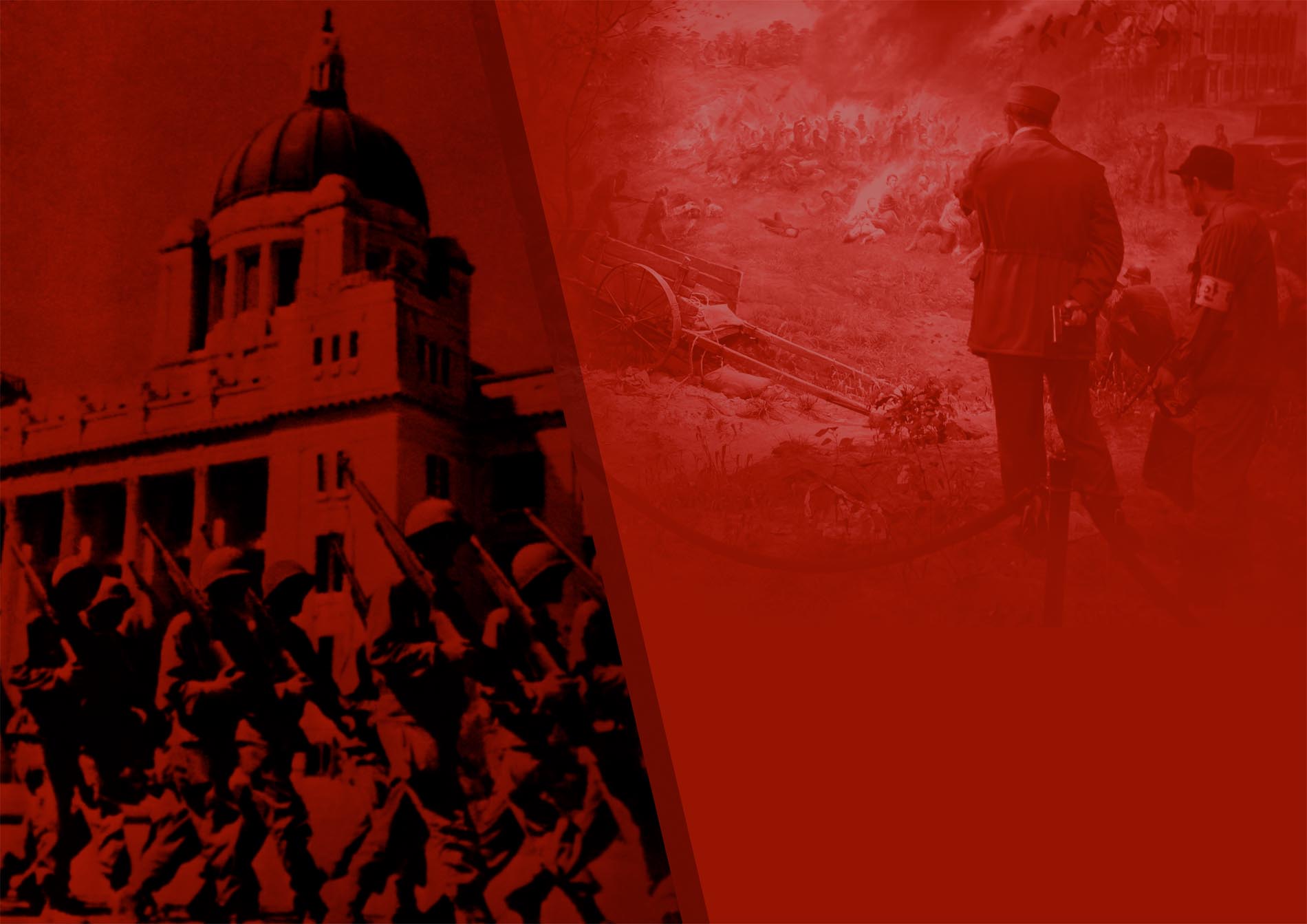

On the occasion of the Day of Korea’s Liberation (August 15), the Korean people recollect the immortal exploits President Kim Il Sung performed in opening the way to a new life of the nation.
In the first half of the last century the Korean nation was suffering great distress under the Japanese military occupation. At that time Kim Il Sung declared an all-out war against Japanese aggressors and led the national liberation struggle.
He advanced the original line of waging an armed struggle with guerrilla warfare as its main form and founded on April 25, 1932 the Anti-Japanese People’s Guerrilla Army (later reorganized into Korean People’s Revolutionary Army), the first revolutionary armed force of the Korean people.
Confrontation between the KPRA, without the backing of a state, and Japanese imperialism, a self-styled leader of Asia, was a continuation of arduous and difficult struggle.
Despite manifold trials and hardship accompanied by fierce battles with tenacious enemy, heartrending sacrifices, biting cold and hunger, and so on, the Korean people waged the national liberation struggle without letup under the leadership of Kim Il Sung.
By firmly maintaining the Juche-oriented stand in the whole course of the anti-Japanese armed struggle, Kim Il Sung set forth correct lines, strategies and tactics, and achieved unity of the anti-Japanese armed force in ideology, purpose and moral obligation with his noblest love for and trust in revolutionary comrades.
He also persuaded everybody, who loved the country and the nation, to commit themselves to the struggle for national liberation.
On the basis of the motive force strengthened with the KPRA as the core, he issued an order of launching the general offensive for national liberation on August 9, 1945.
According to his order, the KPRA units and all resistance forces at home and abroad turned out at once to destroy the Japanese aggressor troops and occupy the enemy administrative organs.
On August 15, 1945, Japanese imperialism declared an unconditional surrender and the Korean people was liberated from the Japanese military occupation spanning nearly half a century.
The three-thousand-ri land of Korea seethed with the delight over the liberation, and all the Korean people looked forward to the triumphal return of Kim Il Sung.
It was on October 14, 1945 that Kim Il Sung had a first meeting with the people in the homeland at the Pyongyang public playground (present Kim Il Sung Stadium) and delivered a historic speech.
Hundreds of thousands of people surged to the playground from not only Pyongyang and its outskirts but also Sariwon, Haeju, Sinuiju, Kanggye, Wonsan, Hamhung, and other parts of the country, and shouted thunderous cheers. The cheers were the outburst of the Korean people’s fervent gratitude to Kim Il Sung who materialized national aspiration, and the demonstration of their determination and will to turn out in the building of a new country under his leadership.
At present the Arch of Triumph stands near Kim Il Sung Stadium. It is a monument erected to pass down through the generations the revolutionary exploits of Kim Il Sung who made a triumphal return to Pyongyang after having achieved the liberation of Korea by organizing and leading the anti-Japanese revolutionary struggle.



